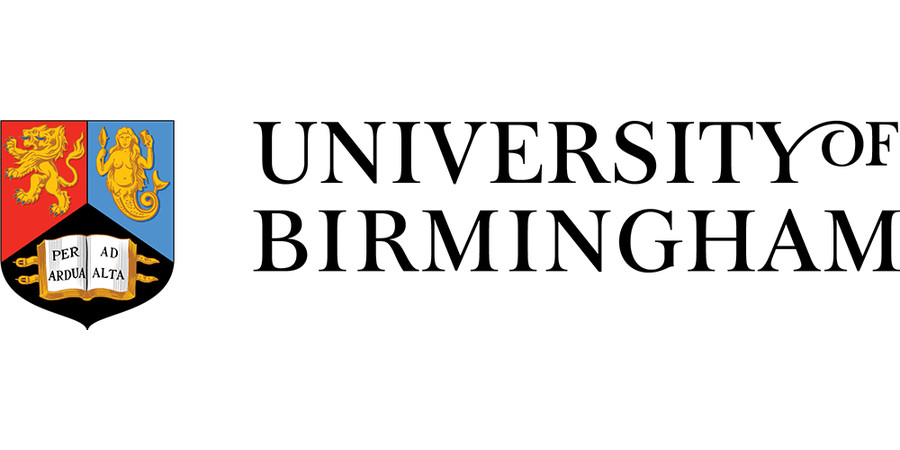PhD Studentship: Metallo Foldamer-Proteins Hybrids: Novel Biomimetic Scaffolds for Sensing and Imaging Applications
University of Birmingham - School of Chemistry
| Qualification Type: | PhD |
|---|---|
| Location: | Birmingham |
| Funding for: | UK Students |
| Funding amount: | £18,622 |
| Hours: | Full Time |
| Placed On: | 14th November 2024 |
|---|---|
| Closes: | 14th January 2025 |
Foldamers are synthetic helical oligomers that adopt stable secondary structures through mimicking the folding patterns of biological systems to generate structures of well-defined size and shape.1 Foldamers have been the subject of great interest due to their diverse range of applications in supramolecular chemistry. However, despite the importance of biomimetic foldamers and their known ability to mimic the simple natural helical topologies, there are no reports on the development of higher order foldamer scaffolds that can mimic the sophisticated tertiary and quaternary topological structures found in biological systems. Given that the shape of the foldamer scaffold controls their (photo)physical properties and, in turn their function, accessing new to higher order topologies has the exciting potential to open up the field towards optimising existing applications or generating new applications with these novel structures (e.g., medical diagnostics). De novo designed metallopeptide scaffolds that adopt well-defined coiled-coil motifs can be accessed through combining the fields of inorganic chemistry with synthetic biology (i.e. by incorporating metals into folded biological building blocks (peptides) to create new metallopeptide scaffolds). In recent years, de novo metallopeptide coiled-coil scaffolds, have found impressive applications as MRI contrast agents. However, the fact that these existing metallopeptide coiled-coil scaffolds are made from biological building blocks, means that they are based on, and therefore limited, to biological shapes and structures. Accordingly, existing systems are restricted to exhibiting a range of shapes and structures, that historically have been limited by evolutionary-imposed constraints, and this severely hinders the optimisation of their performance and the accessibility of new scaffolds for innovative applications. Herein, we will create new hybrid metallofoldamer-protein systems that adopt higher order coiled coil assemblies which are able to adopt a range of novel topologies for generating new applications as potential sensors for biological analytes or effective medical diagnostics tools.
Funding notes:
This fully-funded PhD studentship through the BBSRC Centre for Doctoral Training: Midlands Integrative Biosciences Training Partnership (MIBTP) (see: https://warwick.ac.uk/fac/cross_fac/mibtp/) PhD studentship includes: a tax free annual stipend (in academic year 2023-24 this was £18,622.00) a travel allowance in year 1 a travel / conference budget a generous consumables budget use of a MacBook Pro for the duration of the programme.
Supervision team: Dr Sarah Pike (s.j.pike@bham.ac.uk) and Dr Anna Peacock.
References:
[1] G. Guichard, I. Huc, Chem. Commun., 2011, 47, 5933-5941.
[2] H. R. Marsden, A. Kros, Angew. Chem. Int. Ed., 2010, 49, 2988-3005.
[3] A. F. A. Peacock et al., Dalton Trans., 2018, 47, 10784.
Advert information
Type / Role:
Subject Area(s):
Location(s):









